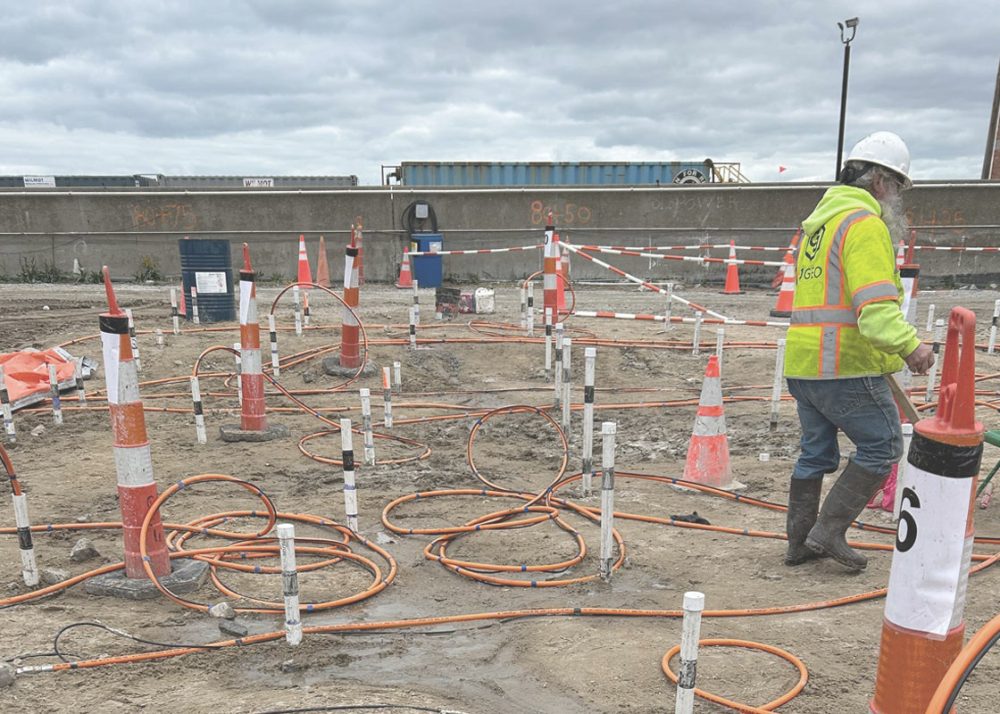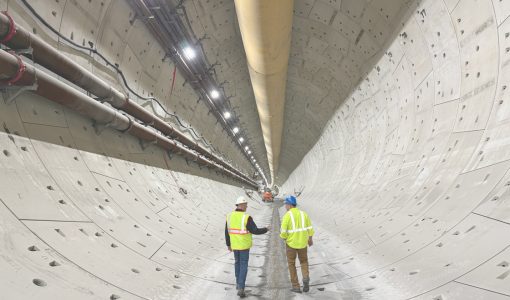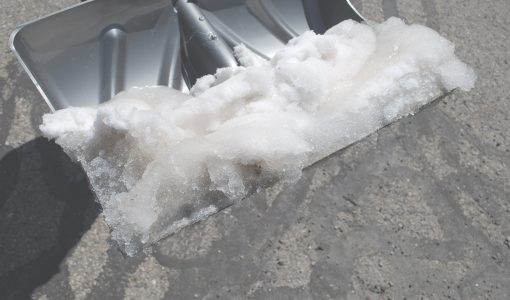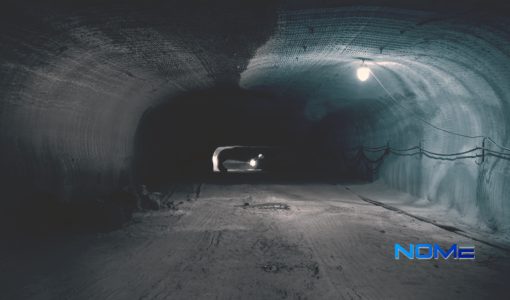Excerpt from article in Tunnel Business Magazine. Click here to read the complete article.
Author Jim Rush, 20 August 2025
Final Fix
After overcoming numerous obstacles, CTJV was nearing completion in fall 2024 when metal debris—including sheet pile and wire rope—was discovered about 250 feet from the exit structure at the TBM’s face. Kirk Roberts of CJGeo, hired by the contractor to find a solution, described the challenge.
CJGeo collaborated with Strata Worldwide to develop a method to construct an impermeable soil block from the surface of Island Two. The plan involved drilling 85 tube-a-manchette (TAM) pipes in a grid pattern, allowing CTJV crews to perform the needed intervention and complete the tunnel drive. The TAM pipes were installed to about 80 feet deep through soft soils using sonic drilling.
Roberts explained, “We received the call on a Tuesday, gave them a price by Friday, got a verbal award on Saturday, and had crews onsite by mid-week.”
To expedite the repair, CJGeo hired Connelly and Associates of Frederick, Maryland, to begin sonic drilling of TAM holes, while CJGeo managed logistics and fine-tuned the permeation grouting plan.
Strata AC52 acrylic grout was chosen to build the grout plug in the sandy soils beneath the brackish Chesapeake Bay waters. This non-toxic grout can be formulated to set within seconds to hours, is resistant to dilution by water, and provides greater strength than typical acrylic grouts.
Available from Strata’s Georgia facility, AC52’s low viscosity enables it to permeate sandy soils effectively. The grout forms a stiff, stable gel that can still be excavated by hand if needed. The grout plug needed to withstand about 1 bar of pressure to allow the intervention.
Approximately 1.5 miles of TAM pipes were installed. Once the first 10 pipes were in place, CJGeo began pumping grout using a combination of their own pumps and equipment rented from Strata. A key to success was a Strata dispenser unit that allowed pumping grout into up to 10 TAMs simultaneously.
Roger Burris, Strata’s geotechnical manager, explained, “Instead of pumping at one location at a time, the dispenser system cycles grout along 10 TAMs while monitoring back pressure and flow. This process is similar to a Gatling gun, enabling crews to treat more ground efficiently with fewer personnel. The system’s software detects when the ground can no longer accept grout versus pumping a predetermined amount, ensuring grout goes into forming the plug rather than draining away.”
Burris emphasized the importance of considering ambient and grout temperatures when designing the grout mix to ensure proper setting. “One common mistake is neglecting ground conditions, which can prevent the grout from setting correctly,” he said. “Our goal in Strata’s geotechnical division is to educate clients and make the process efficient, effective, and practical.”
Back to Boring
In total, about 105,000 gallons of acrylic grout were placed to form the plug, with crews placing an average of 10,000 gallons per day. CJGeo completed the job in 23 calendar days, including mobilization and demobilization, enabling CTJV to resume boring and finish the tunnel drive.
“To place 10,000 gallons of grout a day is remarkable,” Roberts said. “Normally, we use manual flow splitters and place 1,000 to 2,000 gallons per day. Since this was a critical infrastructure project that couldn’t proceed until grouting was complete, our goal was to maximize grout placement without causing issues for the TBM or the environment.”
Looking ahead, CTJV will begin constructing the roadway inside the tunnel, installing electrical and mechanical systems, and building support facilities. Upon project completion, the new tunnel will carry two lanes southbound, with the existing tunnel carrying two lanes northbound. The project is currently forecasted for completion in early 2028.



